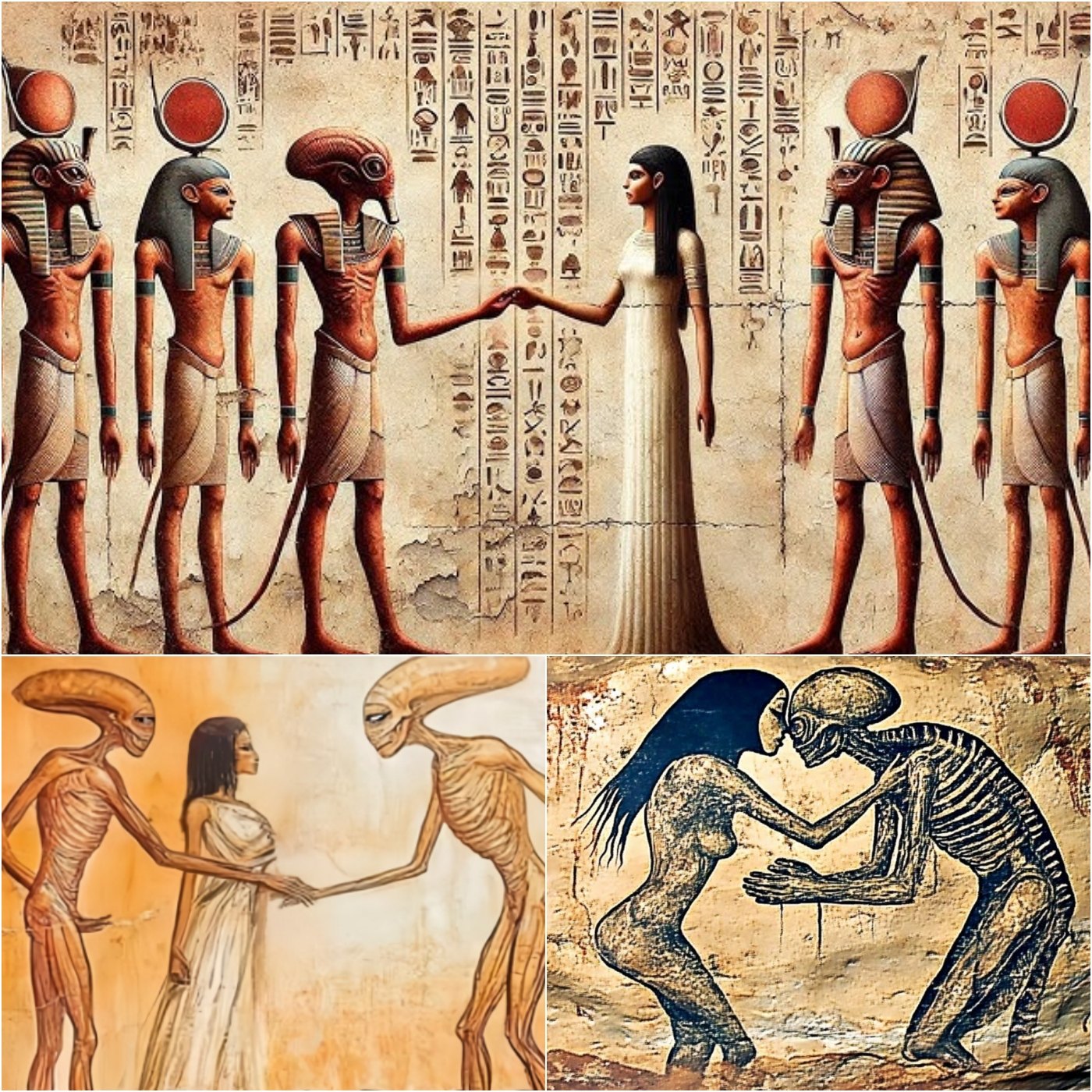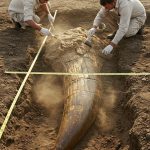Enigmatic Find: Secrets Carved in the Deepest Cavern

In the farthest reaches of our planet, where light barely touches and silence reigns, archaeologists have stumbled upon a discovery that challenges our understanding of human history: intricate subterranean art etched into the stone walls of a remote cavern. This enigmatic find, unlike anything previously documented, offers a rare glimpse into a civilization that thrived in isolation, hidden from the eyes of the world for centuries. The markings, symbols, and haunting figures carved into the stone suggest a culture of remarkable complexity and invite us to reconsider what we know about humanity’s ancient journey.
A Civilization in Silence

The cavern’s depths reveal a society that existed far beneath the surface, possibly for generations, in near-total seclusion. Every etched symbol and figure tells a story, hinting at rituals, beliefs, and cultural practices that remain largely mysterious. Unlike the grand architectural monuments found above ground, these carvings suggest a community that expressed its identity through subtle, deliberate artistry, preserving its worldview in a language of symbols rather than words.
Archaeologists are struck by the sophistication of the carvings. Figures appear to represent both everyday life and spiritual or ceremonial practices, blending the mundane with the sacred. This duality offers crucial insights into how this hidden civilization perceived its world, its gods, and its relationship with the environment. The depth and care with which each mark was etched point to an artistic tradition cultivated over time, likely passed down through generations.
Questions That Defy Simple Answers
As researchers examine the cavern, countless questions arise. Were these artists chronicling daily life, or were they creating messages meant to communicate with future generations? Do the symbols represent a form of writing, or are they purely symbolic expressions of thought and belief? Each hypothesis opens doors to broader discussions about human cognition, social structure, and the role of art in isolated communities.

The discovery also challenges assumptions about the reach and capabilities of ancient civilizations. While most historical narratives focus on surface settlements and monumental architecture, this find underscores the possibility of sophisticated societies developing far from light and commerce. It forces historians and archaeologists to broaden their perspective on human ingenuity and adaptability, suggesting that complexity can flourish even in the most extreme and hidden environments.
Implications for Understanding Humanity
Every new layer of discovery in the cavern adds depth to the story of our species. The carvings offer not just an artistic achievement but also a cultural and anthropological puzzle that could reshape our understanding of early human expression. By studying these symbols, researchers hope to uncover insights into spiritual practices, social hierarchies, and the transmission of knowledge in isolated contexts. The cavern, in essence, becomes both a sanctuary and a library, holding secrets of a civilization that time nearly forgot.
Conclusion
The enigmatic carvings found in the deepest cavern are a testament to humanity’s enduring creativity, curiosity, and need for expression, even in isolation. This discovery urges us to rethink assumptions about lost civilizations and challenges conventional timelines of cultural complexity. As archaeologists continue to decode the symbols and interpret the figures, the cavern’s walls promise to reveal stories of belief, ritual, and human ingenuity, expanding our understanding of the rich tapestry of human history.











